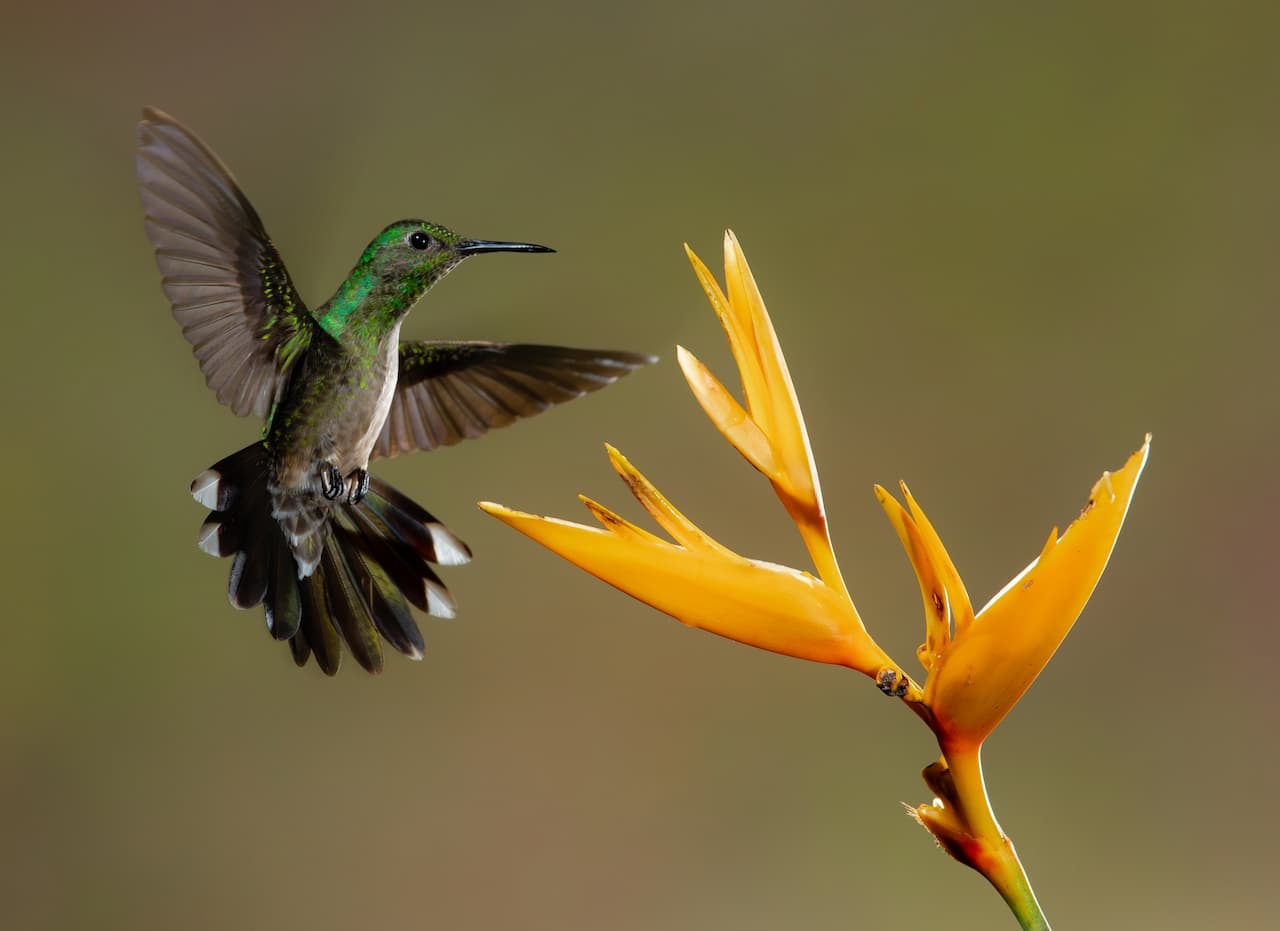Brown Fish Owls
The Brown Fish Owls, Bubo zeylonensis, formerly Ketupa zeylonensis, are found in tropical south Asia from the Middle East to south China, where they are resident (non-migratory).
They occur in open wooded country, lowland forests and plantations, and always near water.
Description
The Brown Fish Owl is a large owl that measures about 55cm in length.
The upper plumage is reddish brown, heavily streaked with black or dark brown. The plumage below is underparts are buff with brown streaking. The throat is white, and they have prominent “ears”.
Their yellow, forward-facing eyes are nearly as large as human eyes and are immobile within their circular bone sockets. For this reason, owls need flexible necks, as they have to turn the entire head to change views.
They have the same number of vertebrae in their necks as most mammals and can move their heads 270 degrees in either direction (nearly all the way around!). Most other bird species have their eyes on the sides of their heads enabling them to see sideways and, to some extent, backward. Owls, on the other hand, have both eyes in the front which enhances their depth perception.
Owls are far-sighted and are unable to clearly see anything within a few inches of their eyes. Their far vision – particularly in low light – is, however, exceptional.
To protect their eyes, Owls have 3 eyelids – one upper and one lower eyelid. The upper lid closes when the owl blinks, and the lower closes when the Owl sleeps. The third eyelid – called a nictitating membrane – is a thin layer of tissue that closes diagonally across the eye, from the inside to the outside. The purpose of these membranes is to clean, moisten and protect the surface of the eyes.
Gender ID: Males and females look alike.
More Owl Information
- Owl Information
- Index of Owl Species with Pictures
- Owl Eyes / Vision Adaptations
- Pygmy Owls
- Barn Owls
- Horned Owls
- Scops Owls
Nesting / Breeding
The average clutch consists of one or two eggs, often laid in the old stick nests of other birds, or in rock crevices. Incubation is up to 38 days, and the young fledge after about 7 weeks.
Diet / Feeding
They mostly feed on fish and frogs.
Calls / Vocalizations
Their calls are described as a soft huphuphuphuphuphup or a loud huhuhuhuhuhuhu.





